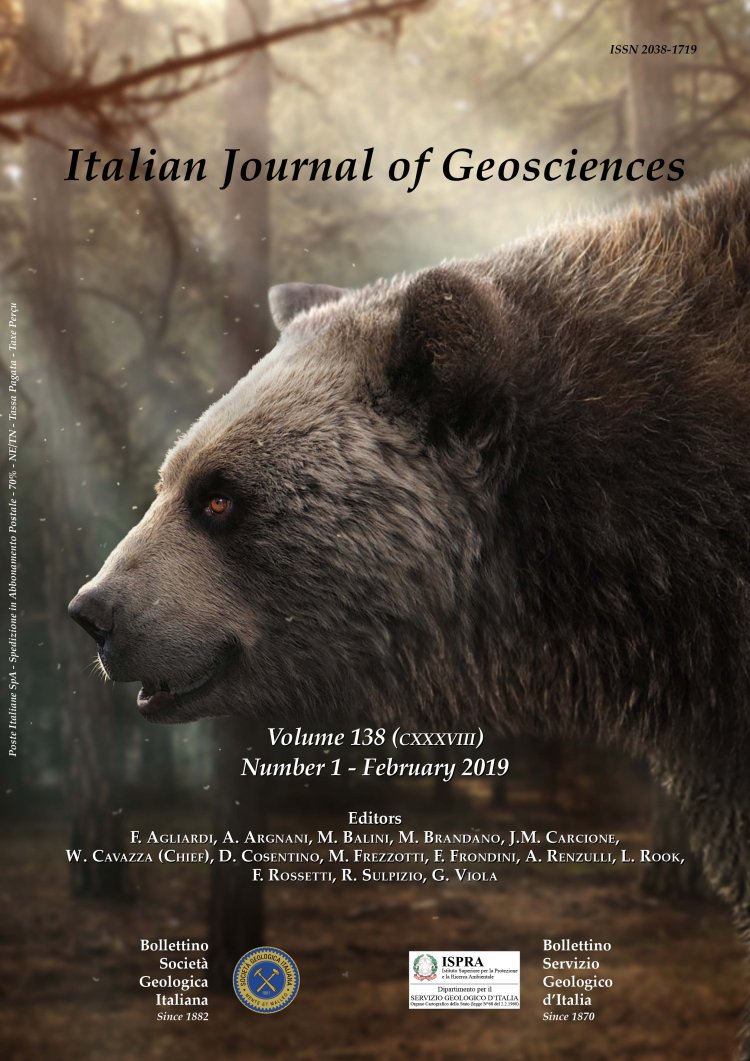
Benthic foraminiferal assemblages from the late Eocene to the early Oligocene of the Caltavuturo Formation in the Madonie Mountains (Sicily): a tool for correlation
Andrea Benedetti
Dipartimento di Scienze della Terra, Sapienza, Università di Roma, Piazzale A. Moro, 5, I-00185, Rome, Italy.
Corresponding author e-mail: andrea.benedetti@uniroma1.it
Volume: 138 (2019) f.1
Pages: 43-55
Abstract
The investigation of the benthic foraminifers from three stratigraphic sections of the Caltavuturo Formation, exposed in the Madonie Mountains, gave evidences of vertical distribution of deep-water foraminiferal assemblages. The sedimentary succession exposed at the study sites consists of red to grey clay with interbedded
biodetrital limestone mainly composed by larger foraminiferal tests and resulting from turbidity or debris flows. Since planktonic foraminifers and nannofossils are absent or poorly preserved, the sedimentary successions have been referred to the late Eocene to the early Oligocene by the occurrence of displaced tests of larger
foraminifers which are considered coeval to the foraminifers in the clay.
Biostratigraphic correlations have been attempted by means of the first occurrence of lepidocyclinids and biometrical mean values of populations of Nephrolepidina praemarginata. Deep water agglutinated foraminifers (DWAF) assemblages in the background clay allowed the reconstruction of environmental variations marking a deepening tendency.
Two breccia beds, one of which reaches 2.5 m in thickness, mainly composed of packstone-grainstone with Early and Late Cretaceous larger foraminifers and fragments of rudists, occur in the northern stratigraphic section as a result of the erosion of the paleoslope surface composed of the Upper Cretaceous rudist member of the Crisanti Formation. The lack of these deposits in the other two
sections is due to bypassing. The assemblages and the stratigraphic settings are consistent with a deposition along a continental slope deepening northward, suggesting an ‘African’ provenance of the flows which contributed to displace and rework shallow-water material.
Keywords
Get Full Text